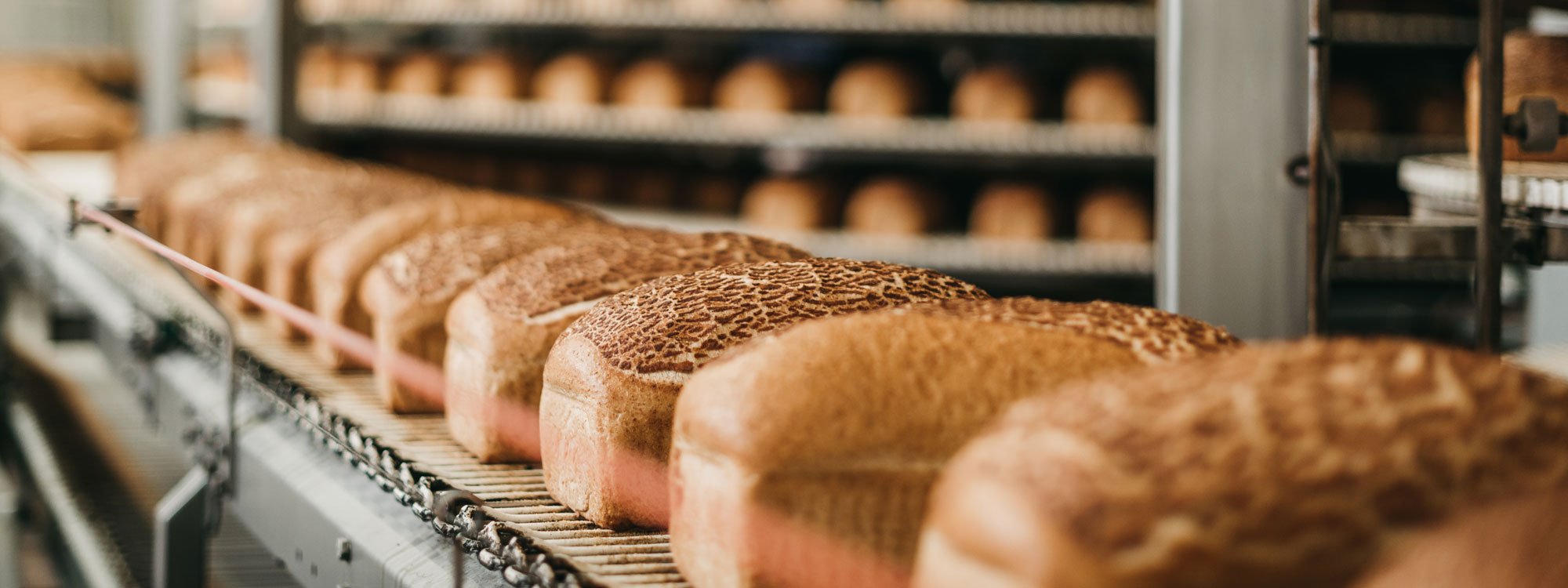
In the rapidly evolving food industry, manufacturers cater to convenience, nutrition, health trends, and regulatory compliance. The demand for Ready-to-Eat (RTE) and Ready-to-Heat (RTH) products, dairy and water-based beverages, cannabis-infused products, and a wide array of packaged foods has grown significantly. Each of these categories involves distinct production and processing protocols, often leveraging advanced technology, food science, and strict quality control systems.
1. Ready-to-Eat (RTE) Products: Production and Processing
Definition:
RTE foods are fully cooked or prepared products that can be consumed without further preparation or cooking. Examples include sandwiches, salads, cured meats, snack kits, and cooked pasta dishes.
Processing Steps:
- Ingredient Selection and Preparation: Use of high-quality, pre-processed raw materials.
- Cooking or Pasteurization: Depending on the product, thermal processing is used to ensure microbial safety.
- Assembly and Portioning: Products are portioned, combined, and assembled using hygienic practices.
- Cooling (if applicable): Rapid cooling to prevent bacterial growth.
- Packaging: Modified Atmosphere Packaging (MAP), vacuum sealing, or aseptic packaging.
- Storage: Refrigerated or shelf-stable based on preservation method.
- Food Safety Controls: Hazard Analysis Critical Control Points (HACCP) plans and microbial testing are essential.
2. Ready-to-Heat (RTH) Products: Production and Processing
Definition:
RTH products require minimal heating before consumption. These include frozen meals, refrigerated lasagna, marinated meats, and microwaveable rice bowls.
Processing Steps:
- Partial Cooking or Blanching: Ingredients may be pre-cooked for quality and food safety.
- Formulation and Mixing: Ingredients combined with sauces, spices, and binders.
- Filling and Sealing: Placed in heat-safe trays or pouches.
- Thermal Processing or Freezing: Depending on the shelf-life requirements, RTH products are either pasteurized or quick-frozen.
- Packaging and Labeling: Includes reheating instructions, nutritional information, and expiry dates.
3. Bottled Water and Dairy Beverage Production
Bottled Water Production:
- Sourcing: Spring, mineral, distilled, or purified water.
- Filtration and Purification: Reverse osmosis, UV treatment, and ozonation.
- Bottling: Performed in cleanroom environments using automated filling lines.
- Sealing and Labeling: Tamper-evident caps, batch codes, and nutritional facts.
Dairy Beverage Production:
- Pasteurization: Eliminates harmful bacteria (e.g., HTST – High-Temperature Short-Time).
- Homogenization: Breaks down fat molecules to improve texture.
- Flavoring and Fortification: Chocolate, vanilla, fruit, or added vitamins/minerals.
- Aseptic Filling: Particularly for shelf-stable products.
- Refrigerated or Ambient Distribution: Based on packaging technology.
4. Cannabis-Infused Food and Beverage Production
Definition:
Cannabis food products include edibles, beverages, oils, and infused baked goods. These are strictly regulated and must meet safety, labeling, and dosage standards.
Processing Steps:
- Cannabis Extraction: Active compounds (THC/CBD) are extracted using CO₂, ethanol, or solvent-free methods.
- Infusion or Emulsion: Oil or water-based emulsions are added to the food or beverage matrix.
- Product Development: Gummies, beverages, chocolates, tinctures, and baked goods are formulated for accurate dosing.
- Testing and Compliance: Products are lab-tested for cannabinoid content, potency, and contaminants.
- Packaging and Labeling: Must include clear dosage, warnings, and child-proof features as per regulatory standards.
5. Packaged Food Production and Processing
Definition:
Packaged foods encompass a broad range, from snacks and dry mixes to soups, cereals, and condiments. Packaging enhances shelf-life, portability, and branding.
Processing Techniques:
- Dry Blending and Mixing: For products like cake mixes, spice blends, or powdered soups.
- Thermal Processing: Canning, retorting, or baking for shelf-stable foods.
- Dehydration or Freeze-Drying: Preserves food by removing moisture.
- Extrusion: Common in cereal, snacks, and pasta production.
- Packaging Types:
- Flexible Packaging (pouches, bags)
- Rigid Containers (cans, jars, bottles)
- Vacuum and MAP for freshness
- Labeling and Traceability: Barcodes, lot codes, and allergen information.
Quality and Regulatory Considerations Across All Categories
- Food Safety Systems: GMP, HACCP, and ISO 22000 are often implemented.
- Traceability: Essential for recalls, especially for allergen control or contamination incidents.
- Shelf-Life Testing: Microbial stability, sensory quality, and packaging integrity are evaluated.
- Label Compliance: Must align with local regulations (e.g., CFIA in Canada, FDA in the USA).
- Proprietary Formulas: Recipes, ingredient ratios, and processes are often proprietary and protected as trade secrets.
Conclusion
Modern food production is increasingly focused on convenience, safety, and innovation. From RTE and RTH meals to dairy beverages, cannabis-infused edibles, and packaged food, each category involves specialized processes and stringent quality control. As consumer preferences evolve, manufacturers must adapt through technology, transparency, and regulatory compliance—ensuring not just taste and nutrition, but also trust and safety.


No comments:
Post a Comment